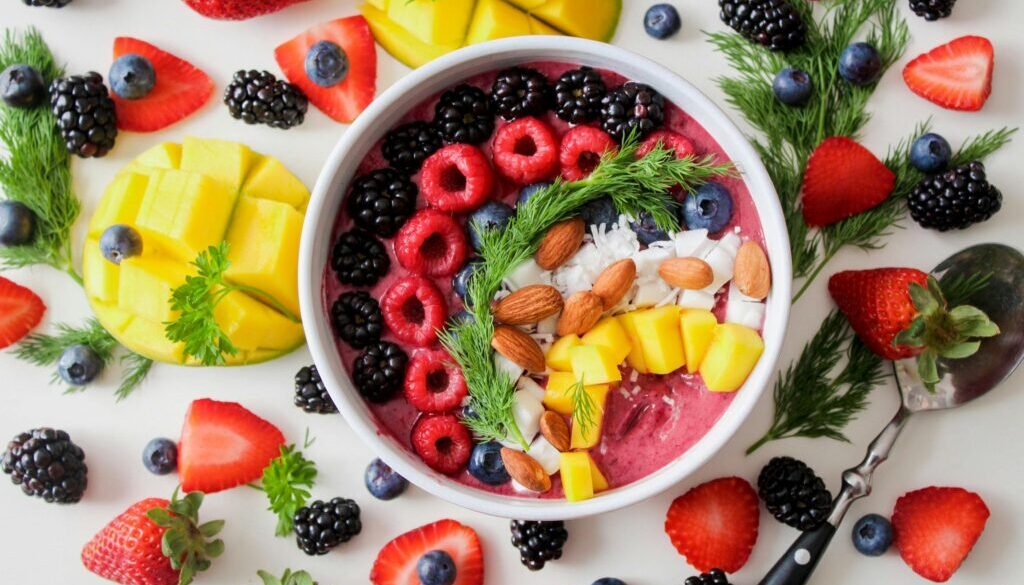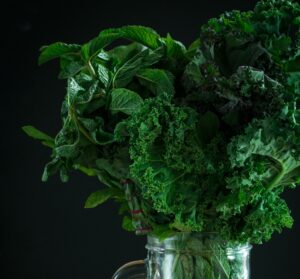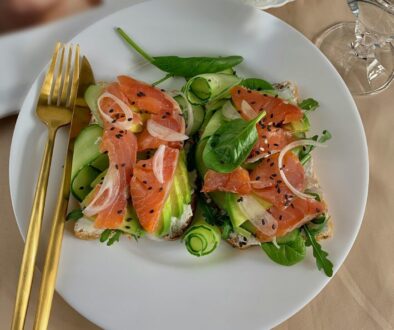10 Powerhouse Foods for Joint Health and Bony Strength

Introduction
What if we told you that the battle against joint pain begins with your next meal?
Your joints and bones are working non-stop, absorbing every step, movement, and wave of your hand. Yet, most of us don’t think of them until something goes wrong.
The good news: the best foods for joint health are probably in your kitchen cabinet. Science supports the fact that certain nutrients fight inflammation, increase bone density, and keep your joints gliding smoothly.
Ready to put some TLC into your body? Let’s get started on the top 10 foods to transform your joint health.
The Top Foods for Joint Health to Set on Your Plate
1. Fatty Fish
- Examples: Salmon, mackerel, sardines, tuna
- Benefits: Rich in omega-3s that fight inflammation naturally.
- Fun Fact: People who eat fatty fish regularly experience less joint pain and better mobility.
- Recommendation: Two servings weekly.

2. Leafy Greens
- Examples: Spinach, kale, collard greens
- Benefits: Packed with vitamin K for bone formation and calcium for bone density; antioxidants fight inflammation.
3. Nuts and Seeds
- Examples: Almonds, walnuts, flaxseeds, chia seeds
- Benefits: Walnuts are omega-3 champions, while almonds are calcium-rich. Both enhance joint lubrication and bone density.
4. Olive Oil
- Benefits: Contains oleocanthal, a substance similar to ibuprofen, which eases joint stiffness and pain.
- Recommendation: Use daily for cooking and dressings.
5. Citrus Fruits
- Examples: Oranges, grapefruits, lemons
- Benefits: High in vitamin C, which builds collagen to keep cartilage healthy and joints limber.
- Tip: Start your day with fresh citrus.

6. Berries
- Examples: Blueberries, blackberries, strawberries
- Benefits: Contain anthocyanins, which target joint health with their anti-inflammatory properties.
- Usage: Add to breakfast or snacks.
7. Greek Yogurt
- Benefits: Provides calcium and probiotics to reduce inflammation.
- Tip: Choose plain varieties to avoid added sugar and add your own fruit.
8. Sweet Potatoes
- Benefits: Rich in beta-carotene and vitamin A, which support the immune system and fight joint inflammation.

9. Green Tea
- Benefits: Contains polyphenols that prevent cartilage degeneration and ease joint inflammation.
- Tip: Swap your coffee for green tea at lunch.
10. Garlic
- Benefits: Contains diallyl disulfide, which helps stop cartilage degeneration while adding flavor to meals.
Building Your Joint-Healthy Diet
You don’t need to overhaul your diet overnight—that’s not realistic or necessary.
Simple Tips:
- Pick 2-3 foods for joint health from this list and add them to what you’re already eating.
- Examples: Add salmon to a salad, snack on almonds, or dress roasted vegetables with olive oil.
Example Joint-Friendly Meal Plan:
- Breakfast: Greek yogurt with berries and a handful of nuts
- Lunch: Spinach salad with salmon and olive oil dressing
- Snack: A little orange and green tea
- Dinner: Sweet potatoes and garlic-roasted vegetables
Your Next Step
Your joints and bones deserve as much care as your heart, energy, and skin.
These 10 foods aren’t just ingredients—they’re investments in your future mobility and comfort.
Action Plan:
Start today. Add one of these best foods for joint health to your meal. Your joints will thank you tomorrow, next month, and years later. Read Why Omega-3 is Essential for Healthy Joints
FAQs
Can I eat these foods daily?
Yes, most of these foods can be part of your daily diet. Just ensure you maintain a balanced diet for overall nutrition.
How quickly can I expect to notice joint benefits?
Though experiences vary, daily intake of these nutrient-rich foods can start showing results within a few weeks. Long-term, they’re essential for joint health and mobility.
Are the foods safe for everyone?
These foods are generally safe. However, if you have specific medical conditions, allergies, or dietary restrictions, consult your healthcare provider before making any major changes.
Can these foods be replaced with supplements?
Whole foods are often more effective due to their mix of nutrients and fiber. Supplements can help fill gaps but shouldn’t replace a healthy, natural diet.
What if I don’t like some of these foods?
No problem! The list is flexible. Pick the foods you enjoy and experiment with recipes to incorporate them into your diet.



